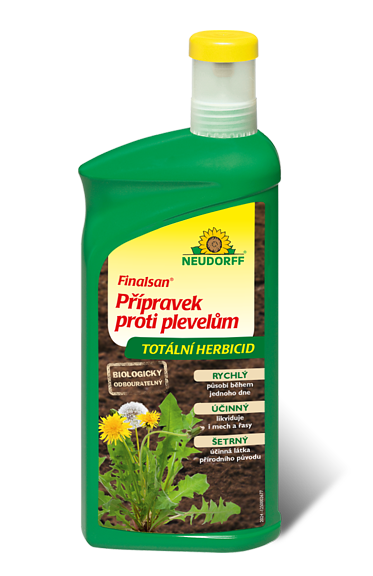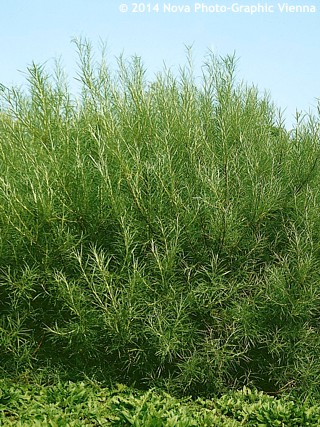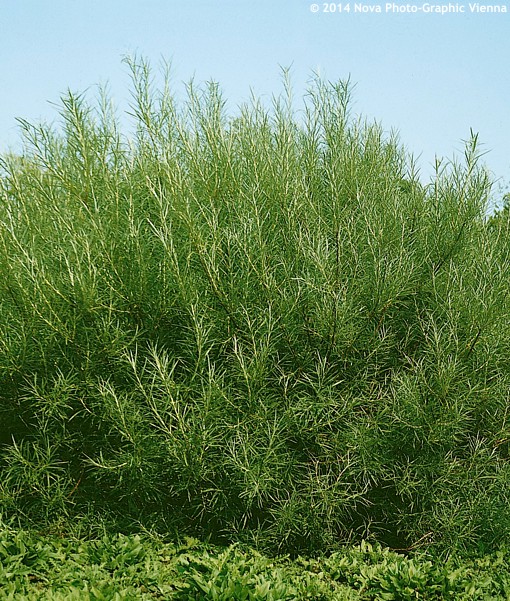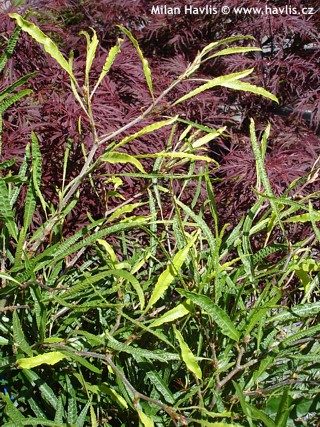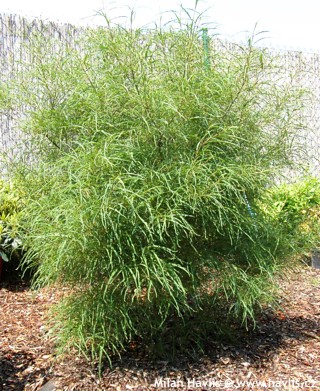Salix elaeagnos (salix rosmarinifolia) 'ANGUSTIFOLIA' hoary willow, rosemary-leaved willow
Salix
The genus Salix, willows, is one of the most extensive groups of woody plants in the Northern Hemisphere. It includes over 400 species, ranging from cushion-like alpine shrubs to towering trees lining riverbanks. Willows are known for their exceptional ecological adaptability – they quickly colonize disturbed sites, tolerate both extreme moisture and drought, and have thus become symbols of renewal and resilience. Botanical descriptions date back to antiquity, but it was Carl Linnaeus in the 18th century who began to classify them systematically. Willows play a vital role in landscape design, ecology, and culture – from folk songs to modern bioengineering. Fossil records confirm their presence as far back as the Tertiary period, when they began spreading along newly formed waterways.
Rosemary willow (Salix elaeagnos) received its botanical name due to the resemblance of its leaves to those of Elaeagnus, and it was first described by Italian botanist Giovanni Antonio Scopoli in 1772. Its narrow-leaved form, angustifolia, occurs naturally in southern France, Italy, and the Balkans, where it grows along mountain streams and limestone slopes. In horticulture, it goes by several names, all referring to its distinctive foliage: rosemary willow, silver willow, or even lavender willow – testament to its long-standing popularity among gardeners and landscape designers.
The rosemary willow is like a veil, a soft curtain in airy gardens, adding lightness and delicacy to any landscape. Its habit is ethereal, almost billowy, reminiscent of wind-swept vegetation on coastal dunes. The branches arch gently but remain flexible, as if always ready to move. Young shoots are softly felted and silvery, later becoming smooth and yellowish-brown. The leaves are exceptionally narrow, often just 3 mm wide and up to 10 cm long, with strongly rolled edges that make them appear even slimmer. The upper surface is dark green, while the underside is whitish and minute, creating a shimmering effect with the slightest breeze. It’s worth noting that leaf colour can vary – from silvery to oleaster green. In spring, slender upright catkins, both male and female, emerge alongside the leaves. In autumn, the foliage turns yellow and drops, but the branches retain their ornamental quality thanks to their mahogany-coloured bark.
Its natural habitat is typically limestone-rich, often along mountain streams where it forms mixed stands with sea buckthorn and other species that tolerate occasional flooding followed by quick drainage. This makes it ideal for planting near water features, where its silvery leaves reflect light and create a sense of movement. But since it doesn’t require standing water, it also thrives in regular garden beds, where its airy texture adds visual lightness. In our garden, we grow it next to a large-leaved mulberry and a golden-leaved willow, and the contrast in leaf colour, size, and shape suits it beautifully.
Caring for the rosemary willow is easy. It thrives in full sun and in moist to wet soil, it tolerates short-term flooding but also grows well in drier locations if it receives enough light. The soil can be acidic, neutral, or slightly alkaline; it handles clay, sand, and even rocky substrates with ease. Left unpruned, it forms a spreading shrub with a slightly irregular habit that feels natural and wild. But it can be shaped and trimmed in virtually any season if needed, though early spring is ideal – either for light shaping or hard rejuvenation pruning to encourage density and vibrant new growth. Its cold hardiness is excellent: down to –34 °C (USDA zone 4). It’s rarely grown in containers, but it’s possible if the plant has enough root space and regular watering. The plant is neither toxic nor allergenic, though it may occasionally be affected by aphids, sawflies, or leaf beetles, usually without serious consequences.
Last update 18-03-2014; 12-10-2025






























